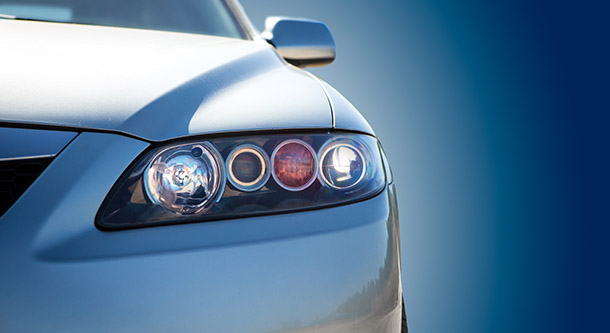
The standard for automotive headlights is that you should be able to stop the car in the distance that the headlights light up, so that when you see something, you can avoid hitting it. But the American Automobile Association has recently tested all three currently-in-use headlight types and found that on unlit roads, none of them does that job over about 40-45 miles per hour.
No problem on the expressway with the overhead lights, but on other roads, with no lights and often no reflective markers, there can be real danger, to animals, pedestrians, or you.
Halogen headlights, found on about 80% of all vehicles on the road today, fared the worst in the tests. failing to give enough light at about 40 mph. Switching to high beams only boosted the safe speed to about 48 mph. High Intensity Discharge (HID) and LED headlights gave enough light for about 45 mph, or 55 on high-beam.
That means that, compared to standards set by the American Association of State Highway and Transportation Officials, the headlights fall short by up to 60%—and in practice, maybe by more, because dirty or deteriorated lights are even worse, and many drivers seldom use high beams.
AAA says that European makers have developed better headlight technology, but that so far it isn't allowed in the U.S., and plans on "working with U.S. policy makers to ensure federal regulations keep up with changing technology. To read more on AAA's website, click HERE. Photo: AAA

Comments (0)